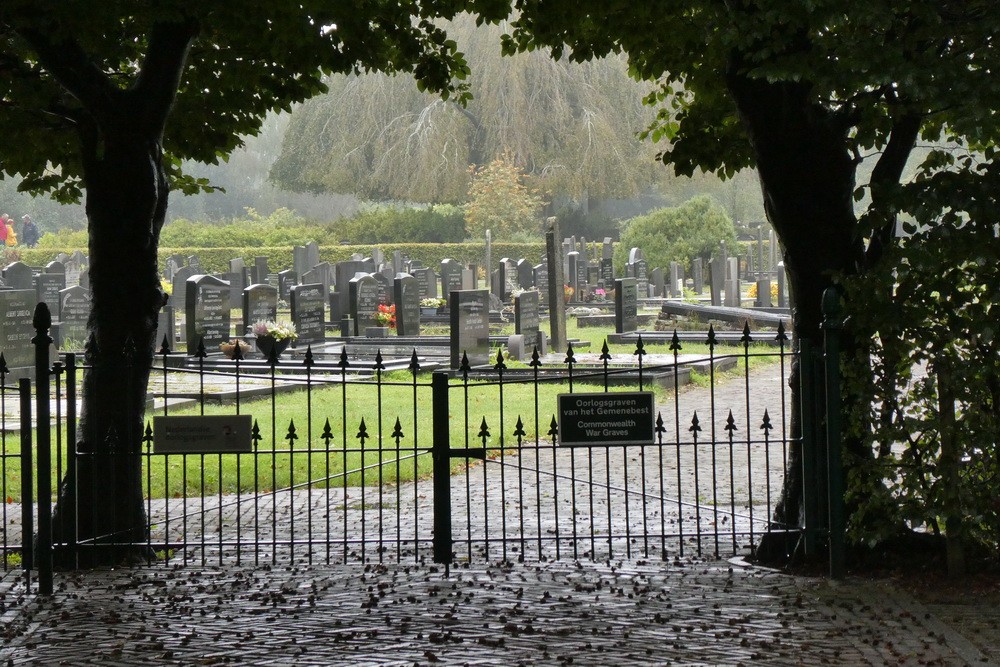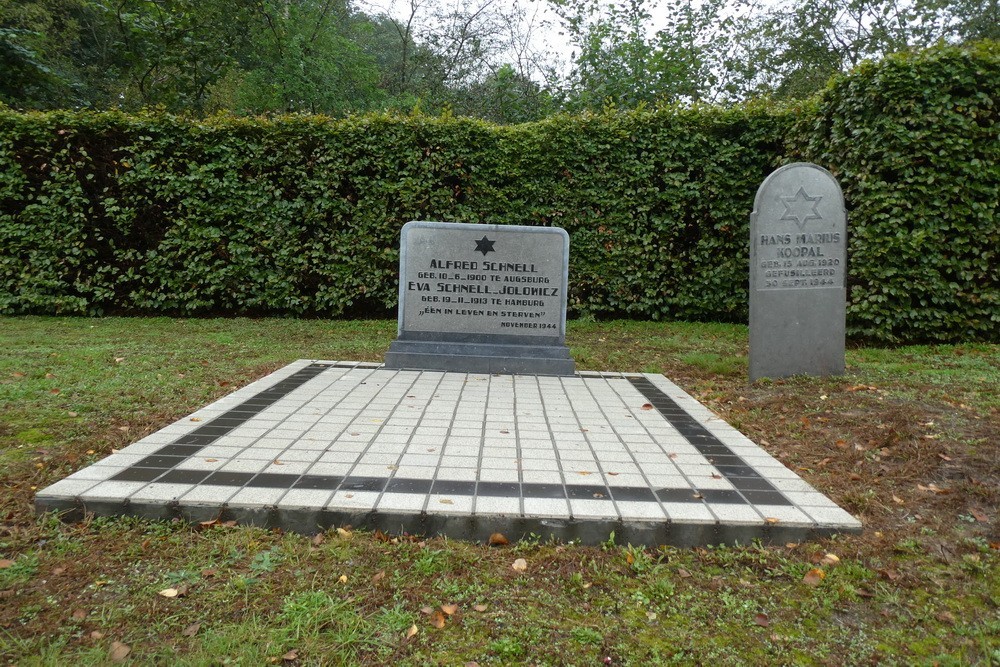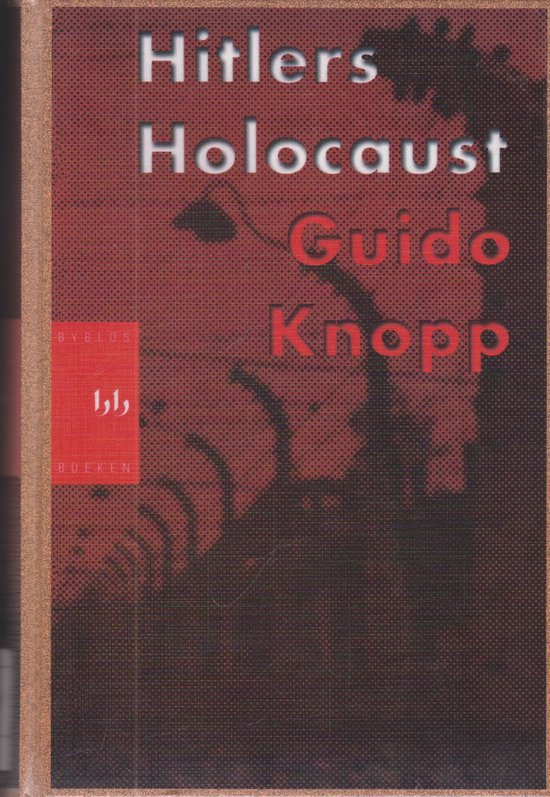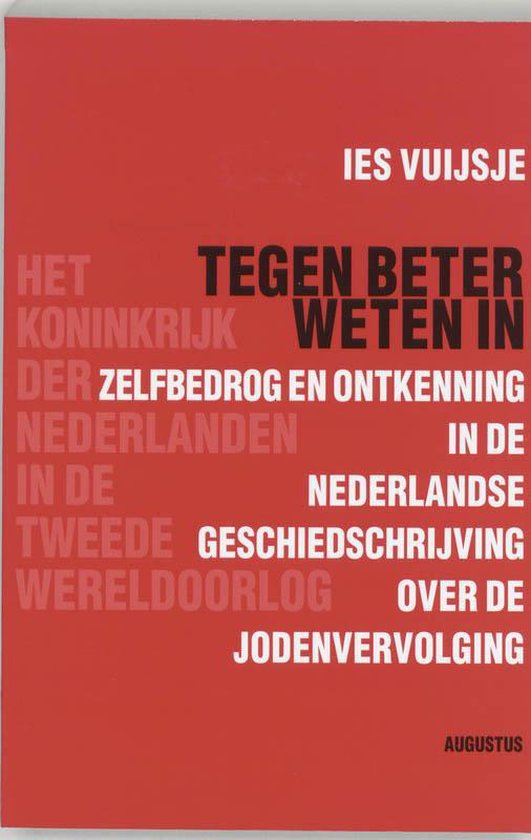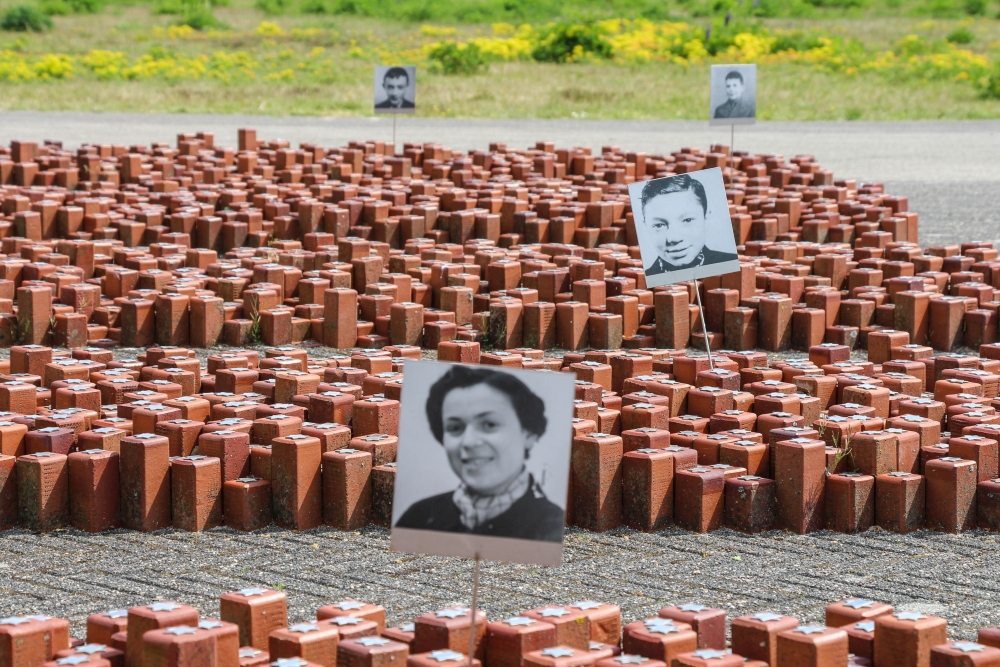Jewish War Graves Municipal Cemetery Westerbork
The Municipal Cemetery in Westerbork contains the graves of:
Alfred and Eva Schnell-Jolowicz, died in Westerbork, executed in Zwolle 03-10-1944
Hans Marius Koopal, died in Westerbork, executed in Zwolle 30-09-1944 (or 03-10-1944).
Background
Alfred Schnell (*10 June 1900 in Augsburg, Germany) and Eva Jolowicz (*19 November 1913 in the German city of Hamburg) married May 19, 1938 in The Hague where they lived with their mother (in-law) Jenny Schnell-Friedmann until about December 1940.
On August 15, 1920, Hans Marius Koopal was born in Amsterdam as the son of Willem Koopal and Marianne Koopal-van Linden, and brother of Stefaan Willem. He lived in the capital until April 1942, where he worked as an office clerk.
Increasing hatred of Jews and raids forced them to go into hiding. From the spring of 1943, widow Hendrikje Blaauw-Flier (called Vrouw Blaauw by fellow villagers) and her son Jan, offered shelter to the Schnell couple on Hogenbrinkweg in Oldenbroek (Gelderland).
Hans Marius Koopal first found a hiding place for two years with her widowed sister Grietje van der Linde-Flier, who lived with her sons Henk and Gerrit on the Westereinde in Oldebroek, from April 1944 he stayed with the Tensen family in Haerst, a hamlet north of Zwolle.
After betrayal, the people in hiding were arrested, Hans Marius Koopal on September 30, 1944 and the Schnell couple a few days later on October 3.
In the night of 3 to 4 October, they were shot dead, together with three other Jews, in the English Werk city park in the hamlet of Spoolde, southwest of Zwolle.
After the six had first had to dig their own graves, they were executed in pairs at the grave pits. At the third shot, which was intended for Hans Marius Koopal, the gun malfunctioned and Koopal attempted to escape in vain.
Normally, the procedure stated that arrested Jews should be housed in Camp Westerbork for later deportation to concentration camps mainly located in Eastern Europe, but this was deviated from in this case.
What was the basis of this will never be clarified, but there are very strong suspicions that Kriminal-Kommissar and SS Obersturmführer Erich Aloyisius Lütkenhus wanted to take revenge for the successful liberation action of four resistance members shortly before.
During work on the IJssellinie, the remains were found on February 13, 1945, and after the intervention of the Sicherheitsdienst, they were placed in plain wooden boxes, after which they were transported to Camp Westerbork to be burned there.
However, as the crematorium was out of service, possibly due to a lack of fuel at the end of the war, this proved impossible and the bodies were buried anonymously on a moor outside the camp.
Eight days after the liberation, May 13, 1945, victims were found by chance and, after identification, buried on May 15 at the general cemetery of Westerbork.
In that hectic period it was impossible to determine the date on which the victims had actually died and the date of identification, 14 May 1945, is stated on the official death certificates.
Alfred Schnell's mother also died in the war, she eventually left for Muiderschans 135 in Amsterdam and was arrested there on 6 February 1943.
She was interned in Camp Westerbork and died there one month later, March 7, aged 67. She was buried March 10, 1943 at the Jewish cemetery in Assen.
None of the Koopal family survived the war; Willem Koopal and Marianne Koopal-van Linden were killed on 2 July 1943 in Sobibór, aged 64 and 58 respectively.
Their eldest son Stefaan Willem Koopal had already been murdered on August 7, 1942 at the age of 27 in Auschwitz extermination camp.
Do you have more information about this location? Inform us!
Source
- Text: Herma de Vries & TracesOfWar
- Photos: Herma de Vries
Related books
Nearby
Museum
Point of interest
Monument
- Dutch-Indies Memorial Municipal Cemetery Westerbork - Westerbork
- War Memorial Westerbork 'Westerbork: Dorp van de Vrijheid' - Westerbork
- Liberation Route Marker 603: Café Slomp under fire - Westerbork
Cemetery
- Commonwealth War Graves Municipal Cemetery Westerbork - Westerbork
- Dutch War Graves Westerbork General Cemetery - Westerbork
- French War Grave General Cemetery Beilen - Beilen
